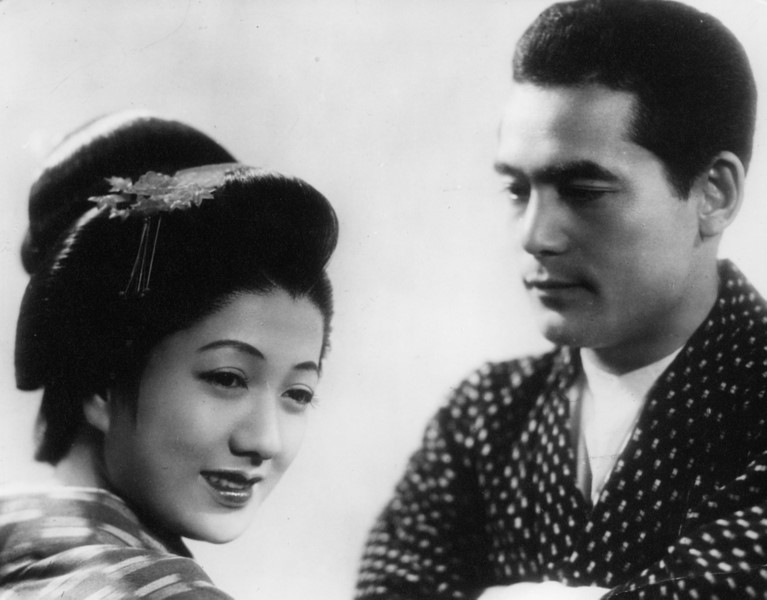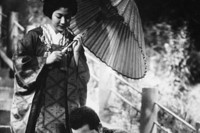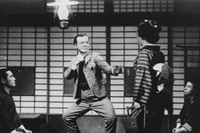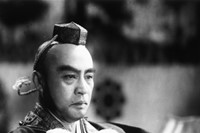As we try to calibrate the scale of devastation following the recent earthquake in Japan, considering the artistic output of Japanese film director, Akira Kurosawa, might seem insignificant. But for those familiar with his work, it's hard not to
As we try to calibrate the scale of devastation following the recent earthquake in Japan, considering the artistic output of Japanese film director, Akira Kurosawa, might seem insignificant. But for those familiar with his work, it's hard not to draw parallels with the eerie prescience of films such as Mount Fuji in Red (from Dreams) about a dream he had in which six nuclear reactors explode.
Considering the auteur’s indomitable position in cinematic history, admirers ranging from Fellini to Spielberg, there’s a distinct paucity of films available in this country. Sharp on the heels of the Criterion Collection, however, the BFI are about to release a High Definition box set containing six of the "Emperor's" earliest and lesser-known films. Despite exhibiting an acceptable amount of wear, this early collection (1943 - 1947) pays testament to Kurosawa's remarkable powers as a moralising, visual storyteller, with emergent flecks of the director's 'golden age'.
Like his contemporary, Keisuki Kinoshita, Kurosawa started out making wartime propaganda films. A heavily governed process, his debut martial arts drama, Sanshuro Sagata, lost seventeen minutes of footage at the hands of the state agenda. It must have been frustrating for a director renowned for his single-mindedness (once demanding that countryside stream be made to run in the opposite direction), but subversive nuances are certainly in evidence, as are the experimental filmmaking techniques that he would become revered for. Perhaps most unique, amidst this clutch of wartime films, is his second film, The Most Beautiful (1944). Overtly nationalistic and opening with the words “Attack and Destroy the Enemy!”, this work centres on a group of self-sacrificing teenage girls working at the Nippon Kogaku optics factory (better known as Nikon) and anticipates the social realism of Japan’s post war films. Kurosawa remained under the state thumb for a further two films, both made in ‘45: Sanshuro Sagata Part Two and They Who Step on the Tiger's Tail. In contrast, the remaining films in this chronological salute represent the green shoots of Kursosawa’s post-war critiques on contemporary Japan: No Regrets for Our Youth (1946), the title of which becoming something of a post-war catchphrase, and the relatively straight forward love story, One Wonderful Sunday (1947).
While all the films in this set are extraordinary, for some they may fall shy of the expectations of bravura set by later masterpieces, such as Seven Samurai, Ikiru and Yojimbo. Nevertheless they remain fascinating insights into the formative ideas and sensibilities that captured Kurosawa’s imagination as young man and informed his struggle for artistic freedom until his death in 1998.
BFI are releasing Early Kurosawa HD box set on 28 March
Text by Melissa Osborne



